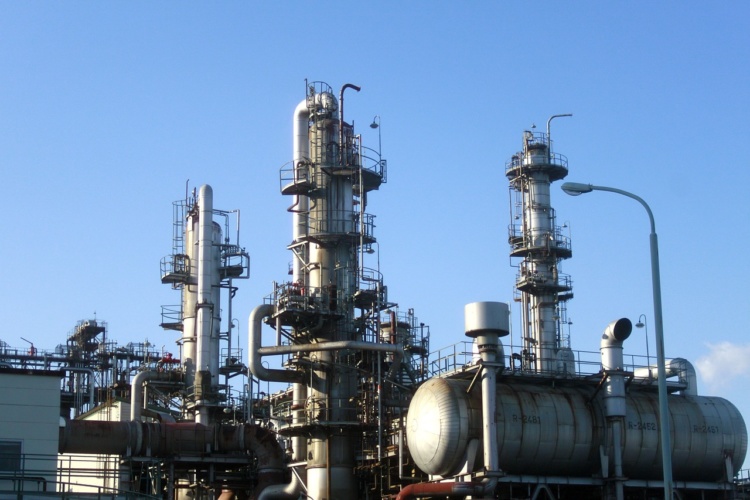
Conventional thermal-based separation technologies require heat to drive the separation processes and this energy consumption can account for between 40-70 per cent of the total capital and operational cost of a chemical plant.
Separation technologies that use mixed-matrix membranes (MMMs) containing metal-organic framework (MOF) fillers do not require heat and consume up to 90 per cent less energy than distillation, resulting in a more efficient separation process plus energy and cost savings.
This process has drawbacks as the lack of interfacial adhesion between the polymer matrix and the MOF filler causes nanosized gaps. This creates defects and voids on the membrane’s surface, which can diminish the selectivity of the MMM.
Inspired by nature, Gyorgy Szekely and Rifan Hardian from KAUST in Saudi Arabia, working with scientists from Manchester University, Hokkaido University and the Japan Science and Technology Agency, said they have overcome interfacial adhesion problems by fabricating MOF nanoparticle fillers that are more compatible with the MMM’s polymer matrix. According to the team, this eliminates the formation of pinholes at the filler–matrix interface, which improves the performance of the membranes. Their results are detailed in the Journal of Materials Chemistry A.
“The approach was inspired by cementum, the tissue layer that covers the root of the tooth, which is connected to the surrounding tissues by collagen fibres,” Hardian said in a statement. “In our case, the MOF crystal is connected to or entangled with the surrounding polymer matrix by grafting with poly(N-isopropylacrylamide).”
To fabricate the membranes, the researchers first prepared a series of MMMs using polybenzimidazole and zirconium-based MOF nanoparticles of the UiO-series (UiO-66-NH2, UiO-67-NH2, and UiO-68-NH2). These nanoparticles had similar chemical and surface properties but with increasing pore size, which allowed the team to investigate how various pore sizes influence the separation in MMMs.
The nanoparticles’ surfaces were then covalently grafted with poly(N-isopropylacrylamide), or PNIPAM chains, which became entangled with the MMMs polymer matrix, preventing the formation of holes.
Hardian said PNIPAM is a promising candidate for polymer grafting due to its hydrogen-bonding properties and easy synthesis. “And due to the regularity of the pore arrangement and tunability of the pore size in the MOF structure, we can now fine-tune the molecular sieving performance of the MMMs.”
The researchers are now investigating the possibility of enhancing the MOF/matrix adhesion without the need for surface grafting.
By increasing the chemical compatibility of the fillers and the polymers in MMMs, the work may eliminate the need for grafting agents, making the membrane fabrication process simpler and more environmentally sustainable, Szekely said.




Red Bull makes hydrogen fuel cell play with AVL
Surely EVs are the best solution for motor sports and for weight / performance dispense with the battery altogether by introducing paired conductors...